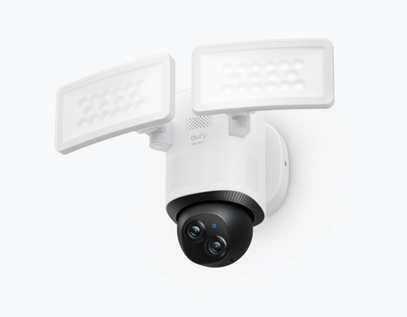reader comments
47
with 36 posters participating
Share this story
Share on Facebook
Share on Twitter
Share on Reddit
Quick, name three e-readers! Can I guess which ones popped into your head? Let's say the Kindle, the Nook, and the iPad. It's very possible one of the Sony models was also included. It's now a crowded market with many high-quality pieces of hardware being sold at relatively low prices. And then you have lesser-known readers like
the Literati
, which isn't as expensive as the iPad but does cost more than the Kindle, and it comes with a color screen.
A dedicated e-reader, which the Literati is, needs to offer a problem-free reading experience, and the Literati does not deliver. The ideas and market placement of the device are interesting, but if it's frustrating to actually use, who cares about the niceties?
Fighting with giants
Sharper Image knows that e-readers are officially a Big Deal, and the idea of launching an inexpensive entry into the market with a color screen had to be attractive. The

$159 Literati
features a long, thin screen in full color, and it looks nice, but that positive first impression is marred by the fact it takes close to a minute to load upon first startup. The 800x480 resolution actually makes sense in this context, as it resembles a book page, and while the device is heavier than the Kindle, I found it comfortable to hold in one hand while reading.
The form factor is actually rather nice, as is the bright, color screen
Books can be purchased from the popular Kobo store, and during my cursory testing I didn't find any books I wanted to buy that weren't offered. The lack of a touchscreen is problematic here, especially since the built-in keyboard is tiny and hard to use properly. By focusing on it and typing with only the tips of my fingers I was able to use it effectively, but it was way too time-consuming. The teeny-tiny directional pad in the lower-right hand corner was even worse, with a middle button to make your selection that's all but impossible not to hit while going through menus.
Advertisement
Turning pages is done with a
left or right touch-sensitive spot on either side of the screen, but this only worked accurately about 85 percent of the time. Reading is at its most enjoyable when you're able to completely lose yourself in the experience. In this case, every time I started to feel myself slip away from the physical reality of holding a gadget and toward the zen state of immersive reading, I'd be brought back to Earth by the inability to turn a page on the first (and sometimes even second) try.The last issue is the battery life. The Literati will go for about five hours on a single charge, and that just isn't enough for something that's supposed to replace a book. My iPad gets eight hours or more, even when using WiFi and playing music while I read. The battery life of the Kindle is legendary; you barely have to think about it.
There's also nothing else to be done on the Literati: you can read books, view documents, or buy books. That's it. While the Kindle is branching out in other directions with its software and the iPad is a full tablet computer, this feels a little too reductionist.
The keyboard features buttons so tiny and finicky it's almost unusable, especially the directional pad used to navigate menus
One last thing, which is nit-picky but telling: the unboxing experience is terrible. The hardware comes sealed in thick plastic, and it required some serious cutting to free. Having opened both an iPad and a Kindle 3 recently, it's amazing how this can color your first impression of a device and its quality.
There are good ideas here. The size and shape of the Literati are clever and attractive. The color screen is a selling point for people who want to see all the illustrations in things like cook books. The price is not high. Unfortunately, the battery life is too short, the interface is frustrating, and the experience is way more sluggish than it needs to be.
Have you ever tried to do actual computing on a netbook? That's the feel of the literati; hardware trying desperately to keep up with the tasks being assigned it. The hardware only has to do one thing really well—allow you to buy and read a book—and it fails at that.
Verdict: Skip




